Why do we need crosses for tiles?
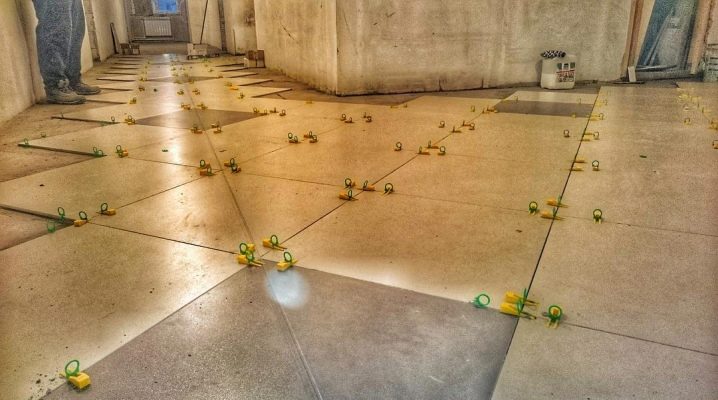
Before making any repair work, you need to think over everything in advance and buy the required materials. Facing with tiles is no exception, and in this case, in addition to tiles and glue, experts recommend purchasing special remote beacons, the appearance and quality of laying depend on the correct choice of which. It makes sense to understand in more detail what these accessories are, and why crosses are needed for tiles.
What it is?
Tile crosses are small, cross-shaped plastic accessories that aid in the tiling process. With the knowledge of the correct selection and use of crosses for wall tiles or ceramic flooring, you can count on good quality work.
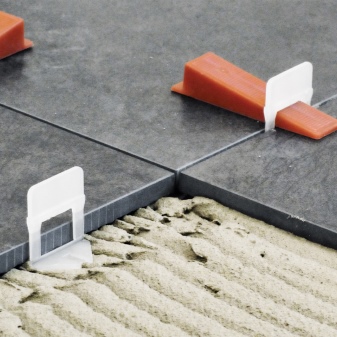
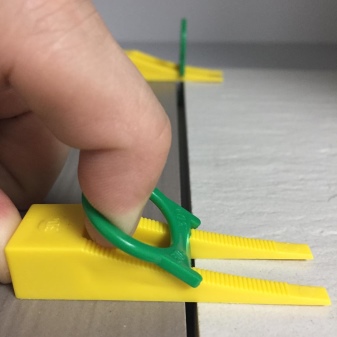
This support material serves a number of important functions:
- Fixation and control of the joint width - the space that forms between adjacent tiles. Beacons for ceramic products on the wall or for tile floors have equal-sized beams that are installed at the intersection of the modules, and the master can adjust the space in four directions, fixing the levels horizontally and vertically. Thanks to such manipulations, the seams are perfectly even, and the cladding looks neat and aesthetically pleasing.
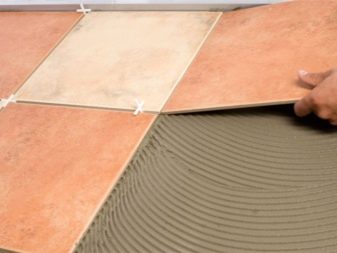
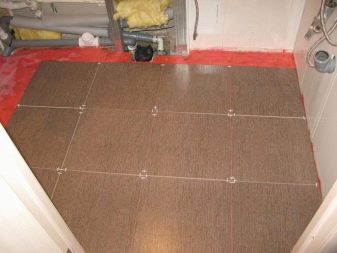
- Visual correction of the seam size. There are some minor manufacturing defects in the ceramic, such as uneven cuts, bevels at the corners, slightly different side lengths. Due to the ability to maintain the required distance between the two modules, these disadvantages can be eliminated without problems.
- Formation of the required space between the fragments, since the crosses have different sizes. The presence of gaps allows you to maintain the integrity of the tiles during the operation of the cladding, since when heated, the tile tends to expand, and the seams compensate for the required space.
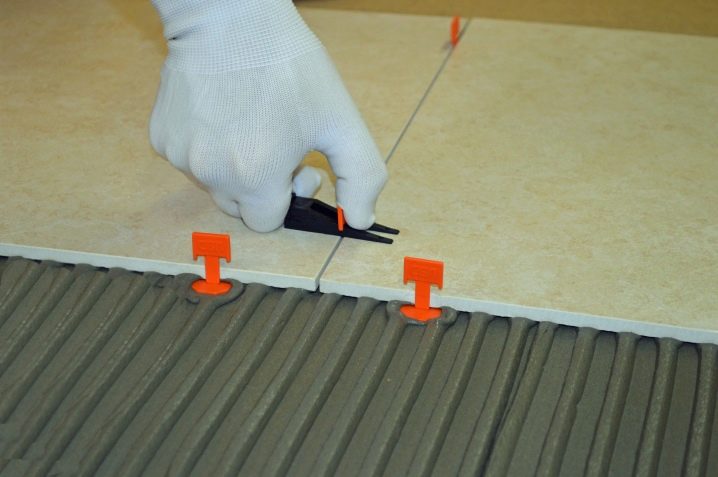
Views
In order for the cross to be purchased to help perform high-quality cladding, you need to pay attention to some of the characteristics of these accessories.
Currently, there are several types of distance crosses:
- Standard self-leveling plastic four-pointed cross-shaped elements - used for normal tile installation. If it is necessary to perform the cladding in a run-up (according to the brickwork principle), T-shaped crosses will be needed. It will hardly be possible to buy this element, so they are made from standard ones, manually cutting off one beam. Crosses can be solid or hollow. It is believed that the latter are more convenient to work with, because they do not squeeze part of the adhesive onto the tile.

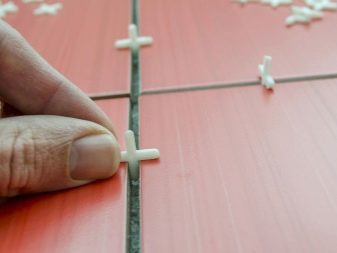
- There are crosses with unequal beam thickness. They are used when making specific claddings. Without certain application skills, you should not purchase such products.
- Wedge-shaped crosses. Deepening such elements into the space between the seams, it is easy to adjust to the required width, to correct the distance between the two fragments. Wedges are generally used when tiling large porcelain stoneware tiles. It is convenient to use when placing the very first row.
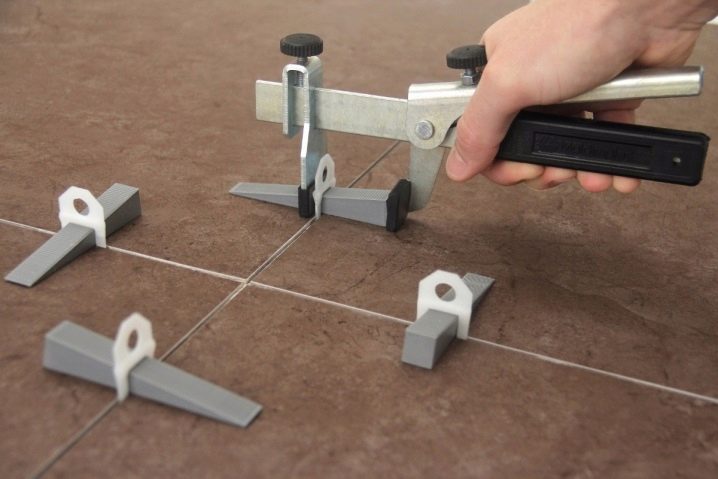
- A special system for leveling tiles, the so-called 3D beacons, a distinctive feature of which is the ability to adjust the laying of tiles in a three-dimensional design, i.e. not only the width of the seams, but also the surface relative to each other. The set of SVP includes special clips, caps, wedges, various meters depending on the type of system.Thanks to the use of 3D crosses, it is possible to get rid of the problem of the formation of air voids under the coating, as well as to avoid cracks and chips on the modules as a result of incorrect laying.
Dimensions (edit)
The minimum thickness of distance beacons is 1 mm, each size increases by 0.5-1 mm. In everyday life, crosses with dimensions of 1.5-6 mm are usually used. The most common seam is considered to be 1.5-2 mm thick, it looks neat and emphasizes all the charm of modules of both small and large sizes.

In order to choose the right crosses, it is necessary to focus not on the dimensions of the slab, but on the geometry of the modules when joining. To a large extent, the thickness of the crosses will depend on the corner errors. With a protrusion of 0.5 mm, beacons of up to 2 mm will be quite enough, errors of 1 mm or more will be hidden by a seam of 3 mm.
The best size of distance crosses for ceramic flooring is considered to be a thickness of 2.5-3 mm, and on a wall - 1.5-2 mm. The width of the tile joint from 10-12 mm is rarely used in certain types of cladding, for example, "boar", or in cases when the design requires it. In the absence of beacons of this size, the correct thickness of the seams is maintained using drywall scraps or pieces of tiles.
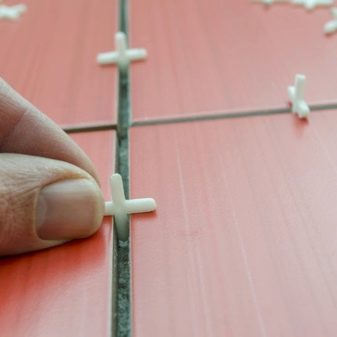

Which ones to choose?
It is considered an erroneous opinion that an important condition for a high-quality cladding is the smallest thickness of the seams, i.e. 1 mm. Sometimes a seam that is too thin can make it very difficult to adjust the distance between the slabs, and the coating as a whole will lose its attractiveness. For high-quality and neat performance of this work and achieving ideal results, you must have knowledge of the correct selection of crosses.
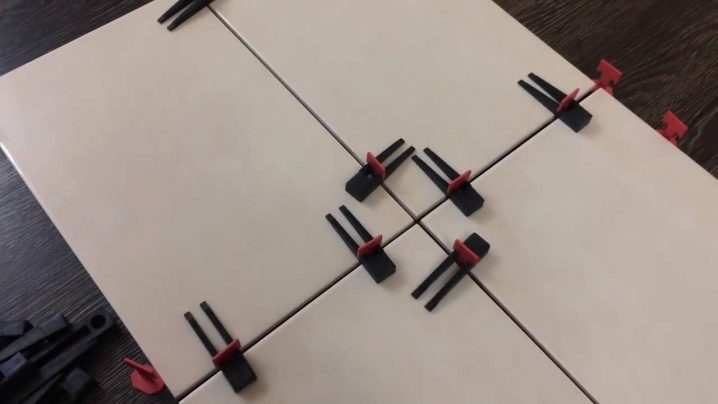
This primarily depends on the intended sizes and shapes of the tiles. Slightly visible joints are unacceptable for medium-sized ceramic tiles. This finish will have an unattractive appearance. There are types of tiles that need to be laid with a wide seam. This can be determined by the end parts of the modules, at the ends there is a certain angle.
Experienced craftsmen recommend following the following rule: the joint width should be equal to the ratio of the length of the longest side of the ceramic tile to 100. For example, the dimensions of the module are 20 by 30 cm, which means that the joint thickness should be 3 mm (300/100 = 3). This principle also applies to equilateral square products. When using this rule, the finish will look neat and professional.
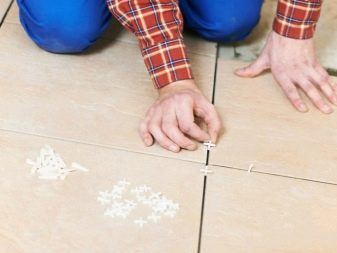
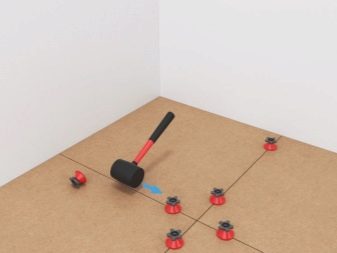
Next, you should pay attention to the material of the cross: it is mainly plastic with different viscosities. The current industry produces beacons of various strengths, more fragile ones are suitable for giving a T-shaped shape. There are also more durable products that are more difficult to break. This quality is important to take into account, since a cross that is too fragile will be more difficult to remove. Before buying, you should carefully examine the products.
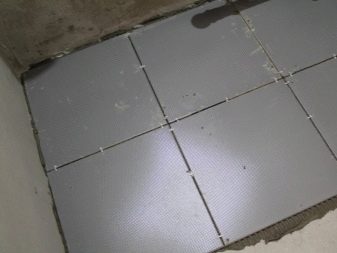
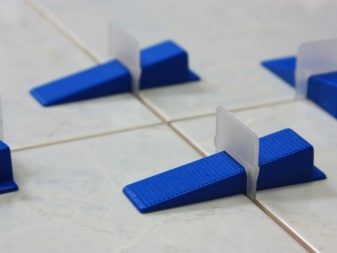
How much do you need?
Many are interested in the question related to the consumption of crosses per 1 m2. There is no specific calculation formula, it all depends on the dimensions, and, accordingly, the number of ceramic elements per 1 sq. m. As a result, we get the following: the number of modules in 1 m2 is multiplied by 4 or 8 pieces. (depending on the parameters of the tile) and add 10-15% to the resulting number. On average, the consumption is 30-100 crosses per 1 sq. meter.
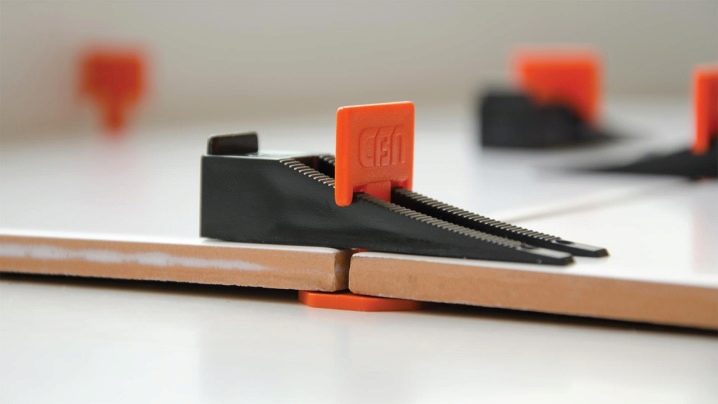
It is not worthwhile to approach this issue globally, the price of these products is small, besides, they can be reused when the adhesive is completely frozen. Therefore, it is enough to calculate your capabilities for one day of installation.
What can be used instead of crosses?
If it is not possible to purchase remote elements, craftsmen recommend using materials at hand. In each case, these can be different items, depending on the thickness of the seams. Matches are considered the most common option.For wider joints, you can use corrugated cardboard from which the tile boxes are made. This material has one drawback - it gets soaked quickly, it becomes difficult to remove it from the seams.
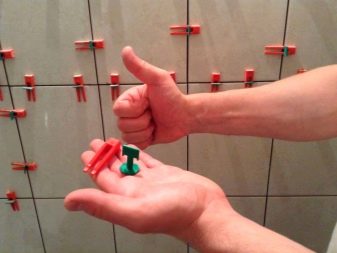
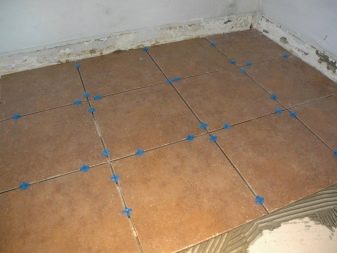
Washers with the same thickness are another analogue of distance crosses. It is possible to use pieces of glass of the same thickness, but this option is quite dangerous. In any case, you should be aware that the use of scrap materials complicates the installation process.
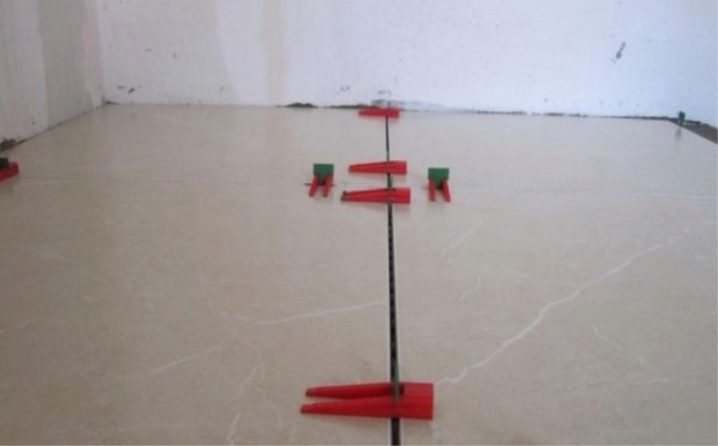
Of course, when facing, you can do without remote beacons, but you should not save on this accessory, since the use of crosses is a guarantee of even seams. Only with the help of beacons will it be possible to carry out your first experience in facing work and make a high-quality finish that can last a long period of time.
Useful Tips
A few useful tips for novice tiling masters:
- To make a quality styling, it is recommended to choose and buy crosses with jumpers. Such models are the guarantor of reliable fixation and even gaps between tiles.
- A beautiful tiling is always a combination of smooth inter-tile joints and a balanced picture as a whole. Therefore, it is always worth looking for the "golden mean".
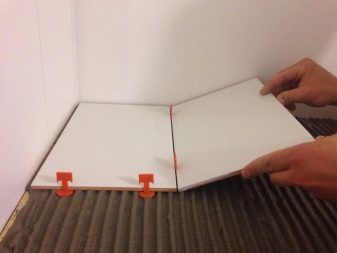
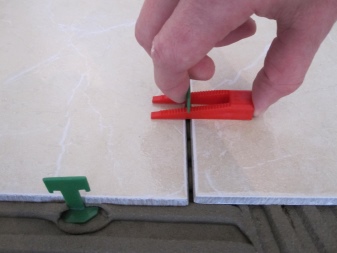
- The most popular and frequently purchased cross size in 90% of cases is considered to be an auxiliary product of 1.5 mm, because when using such a product sideways, the seam thickness will be 2 mm, which is considered the most optimal option when laying tiles.
- It is necessary to pay attention to the fact that visually the thickness of the seam will depend directly on the tile itself, more precisely, on the shape of the corner (there are rounded and sharp models). With a rounded corner, a seam smaller than 2mm will not work, even if you use a 1mm cross. If the tile is calibrated or ratified, then the thickness of the tile joint will be clearly equal to the width of the beacon used.
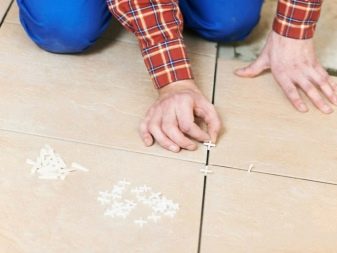
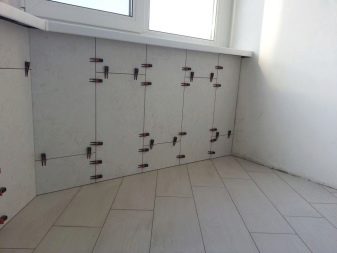
And in conclusion, it should be noted that distance crosses, in principle, are not a panacea, even with impeccable tiles. The result of the cladding will always depend on the skill, technique and professionalism of the person who uses them.
For information on why crosses are needed for tiles, see the next video.





The comment was sent successfully.